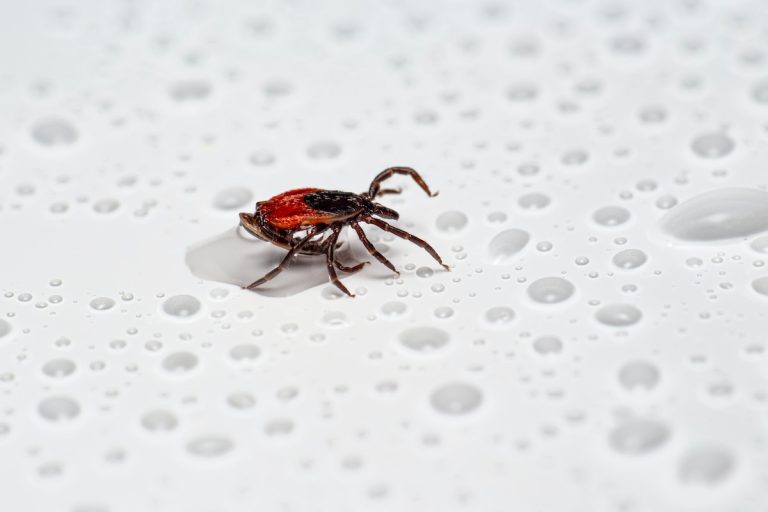Did you know that your home environment can lead to allergies? Even if you don’t have any known allergies, the air in your house could make you and your family more susceptible to developing allergies. Here’s a look at how this may happen and what steps you can take to ensure the air quality of your home is at its best.
What Causes Allergies?
Allergies are caused when your body has an abnormal reaction to a harmless substance, such as dust or pollen. This reaction is usually caused by an immune system response, which causes symptoms such as sneezing, coughing, wheezing, runny nose, and watery eyes. Many things can trigger allergies in the home. Here are some of the most common:
Dust Mites
Dust mites are microscopic bugs found in most households. They feed off dead skin cells from people and animals and other organic materials like pet hair or pollen. Dust mites thrive in warm, humid climates and hide in mattresses, carpets, curtains, furniture, stuffed animals, and more.
Mold
Mold is a fungus that grows best in damp environments with poor ventilation. It can cause an allergic reaction when its spores become airborne – this typically happens when you disturb moldy areas such as bathrooms or basements where moisture is present. To reduce risks associated with indoor mold growth, keep humidity levels below 50% by using dehumidifiers or air conditioners if necessary. Additionally, cleaning up any visible mold growth is vital since this could lead to further health problems.
Pet Dander
Pet dander refers to tiny pieces of skin shed by cats and dogs that can cause an allergic reaction in some people who come into contact with them. Pet dander is especially common among people with pets that spend a lot of time indoors – such as cats or small dogs – because their dander accumulates more quickly than larger outdoor pets like horses or cows.
Renovating Your Home to Be Allergen-free
Your home environment can make you more susceptible to developing allergies because it contains allergens that accumulate in the air over time. Here’s how you can renovate your home to be allergen-free:

Clean Your Carpets
Carpets can be home to dust mites and pet dander. Thankfully, many carpet cleaning services are willing to do this for you. These services can use various products and techniques to reduce the amount of these allergens in your carpet.
Clean the Air with HEPA Filters
One of the best ways to reduce allergens in your home is by investing in a high-efficiency particulate air (HEPA) filter. These filters trap small particles, like dust mites, pet dander, mold spores, and other potential allergens that can be found floating around in the air. It’s essential to change the filter regularly, so it remains effective; most manufacturers recommend changing them every three months or so. Additionally, using air purifiers throughout your home can help keep the air clean and allergen-free.
Opt for Non-Toxic Paints & Stains
Another way to reduce allergens in your home is by opting for non-toxic paints and stains when renovating. Traditional paints contain volatile organic compounds (VOCs), emitting dangerous fumes into the air that can cause headaches and respiratory issues over time. Low-VOC or no-VOC paints that do not contain these harmful chemicals are available, making them a much safer choice for people with allergies or asthma.
Reduce Clutter
Clutter creates more places where dust collects, so reducing clutter around the house is crucial to ensure that allergen levels stay low. Additionally, removing clutter and rearranging furniture every once in a while will allow you access to hard-to-reach areas that can accumulate dust over time if not regularly cleaned.
Replace Your Furniture with Hypoallergenic Fabrics
Upholstered furniture like sofas and chairs can also harbor dust mites and other allergens, so choosing furniture with hypoallergenic fabrics when renovating your home is essential. Look for fabrics made from natural fibers such as cotton, linen, silk, or wool—these fabrics are less likely to collect dust mites than synthetic fibers like polyester or nylon. Additionally, choose furniture with removable covers so they can be easily washed every few months to keep them free from allergens.
Taking these precautions will help reduce allergens in your home environment so that you and your family can breathe easier knowing they are not exposed to harmful substances inside their home! In addition, by investing some time into regular maintenance of your house and keeping an eye out for any potential signs of allergens present in the air, you’ll enjoy cleaner air without worrying about triggering any allergic reactions!






